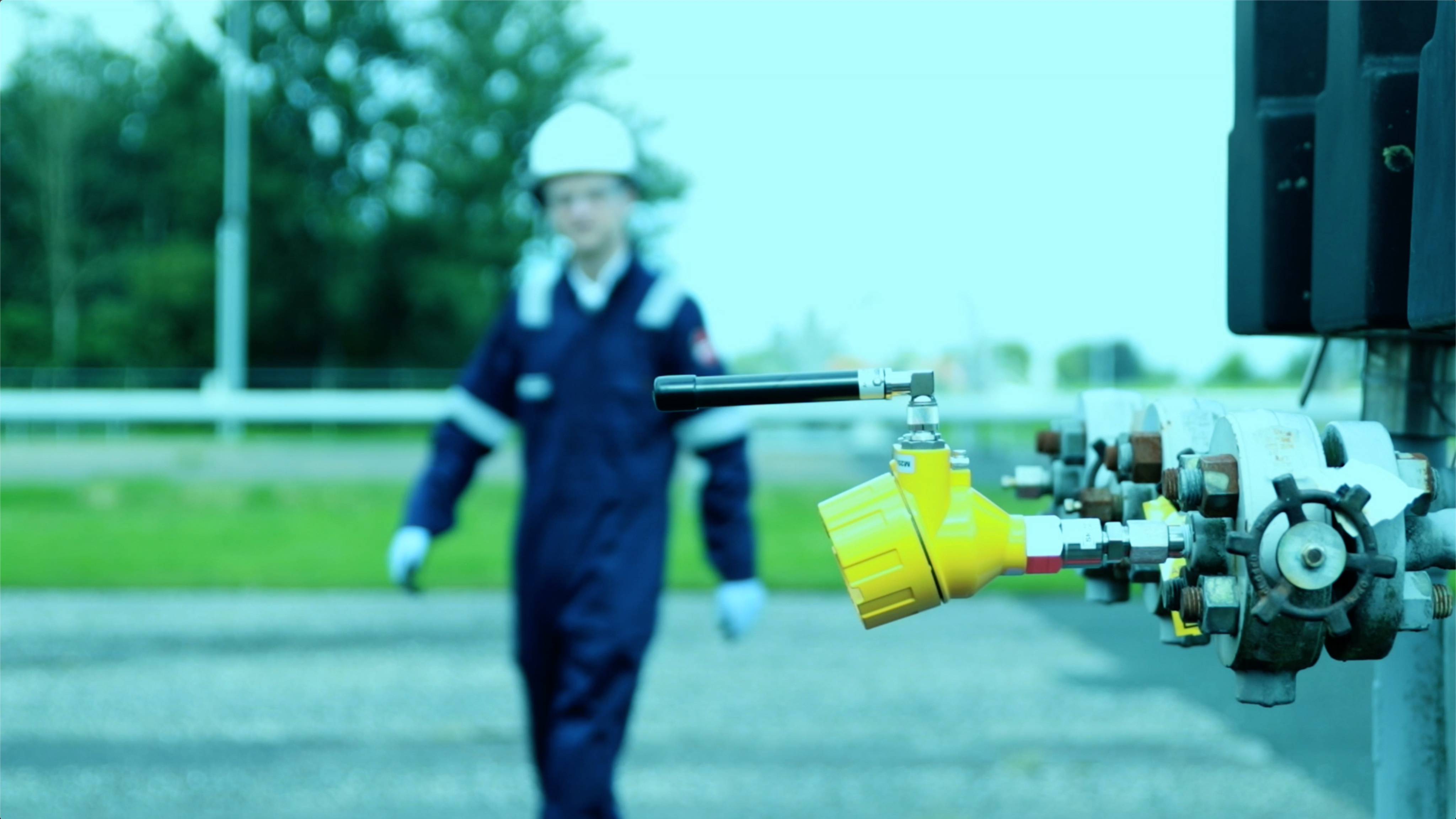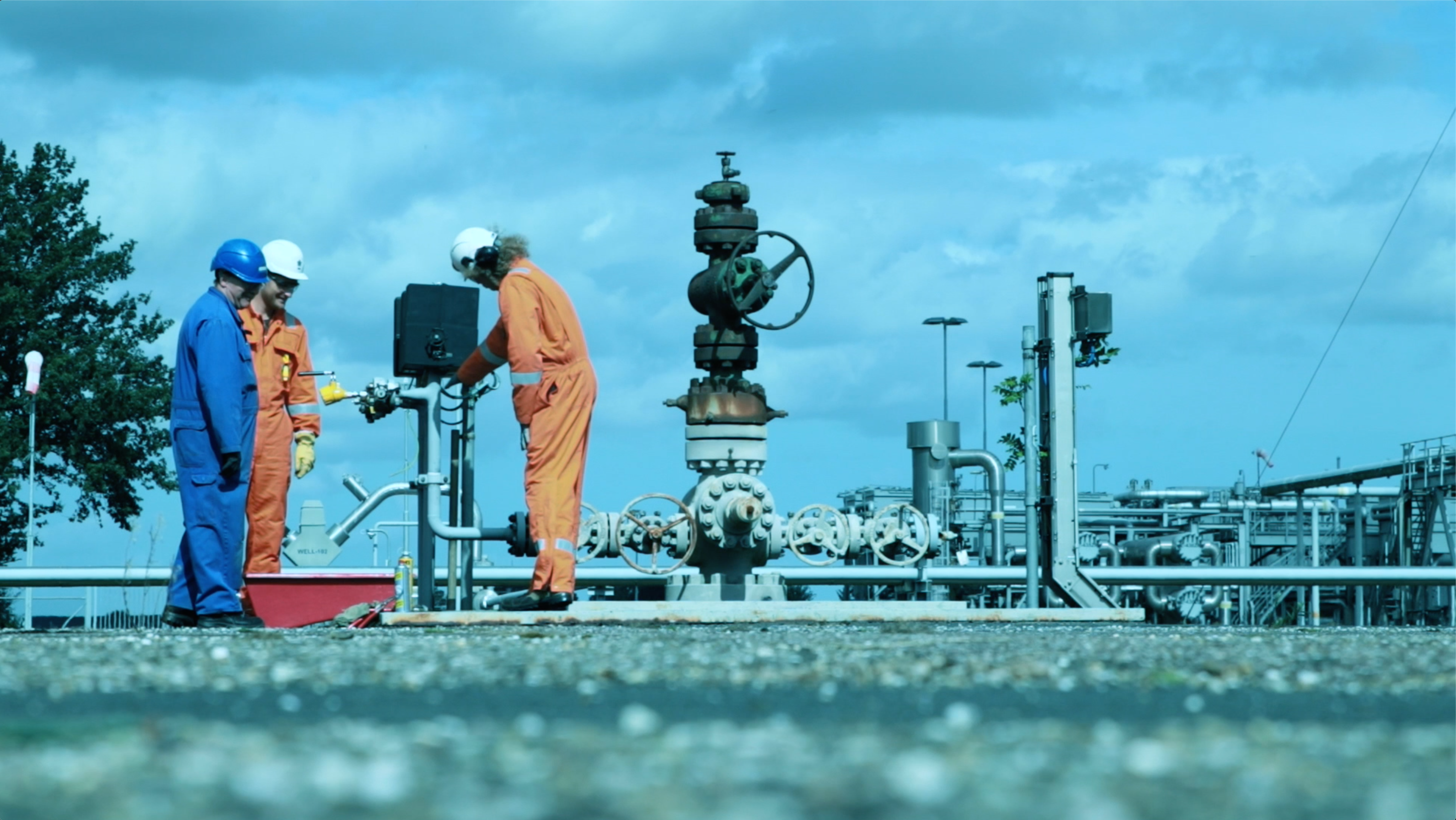Digital technology paves the way for safer oil well decommissioning
Shell uses remote well monitoring solution HiberHilo
HiberHilo Case Study

The Challenge
Shell faces an ongoing challenge. The company's oil wells chosen for decommissioning are isolated from land and require helicopter and ship visits to monitor any ongoing issues. A large portion of the world's four million wells are not connected, especially wells that are older and struggle to generate regular oil flows.
Well integrity and production are the most common issues facing the oil & gas industry. Maintaining these unconnected wells is expensive to the industry but, more importantly, represents a safety hazard for the visiting maintenance crews. The companies operating these unconnected wells have less visibility of ongoing issues as crew trips are rare to unconnected wells - occurring once a month.
The Response
Hiber recognised these issues needed addressing and responded with the creation of HiberHilo, an end-to-end IoT solution for well monitoring. HiberHilo combines several recent technological developments to make digital well monitoring accessible for older, more remote, and less prolific wells.
Testing this innovation with Shell, HiberHilo's aim was to prove that the solution was easy to install, worked reliably in harsh environments and provided accurate data to engineers.

The Result
Shell's technical team was impressed with the satellite-based approach. Ian Taylor, Global Principal Technical Expert for well integrity at Shell, commented on the project's success.
"After testing HiberHilo, the opportunity was clear for future decommissioning work.”
With Shell's safety criteria met, Hiber’s solution was ready to be rolled out worldwide. The project met the targets agreed upon before installation, particularly the total time of crews on the platforms. For example: installing one gateway and 17 sensors could not exceed one day. The system's uptime had to be over 95%, and the accuracy of the sensors had to be 99% or higher.
Where the maximum installation time on the platform should have been one day, the actual installation time never exceeded four hours per platform. The system's uptime was 99.8%, and the average accuracy of the sensors was 99.75%. In addition to the project's success, it was delivered on time and within budget.
Find out more: https://hiber.global/hiberhilo/
Contact: tom@hiber.global

Explore our Case Studies Gallery


